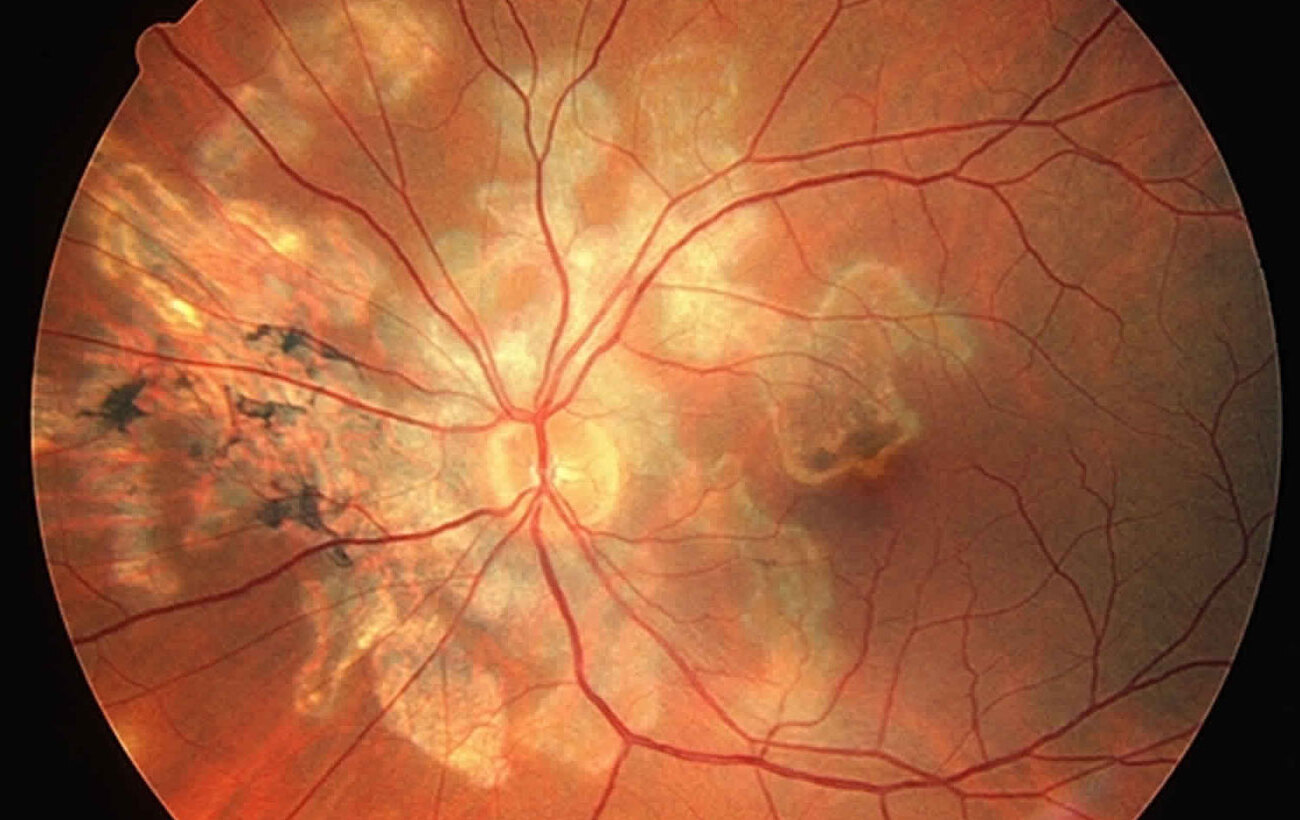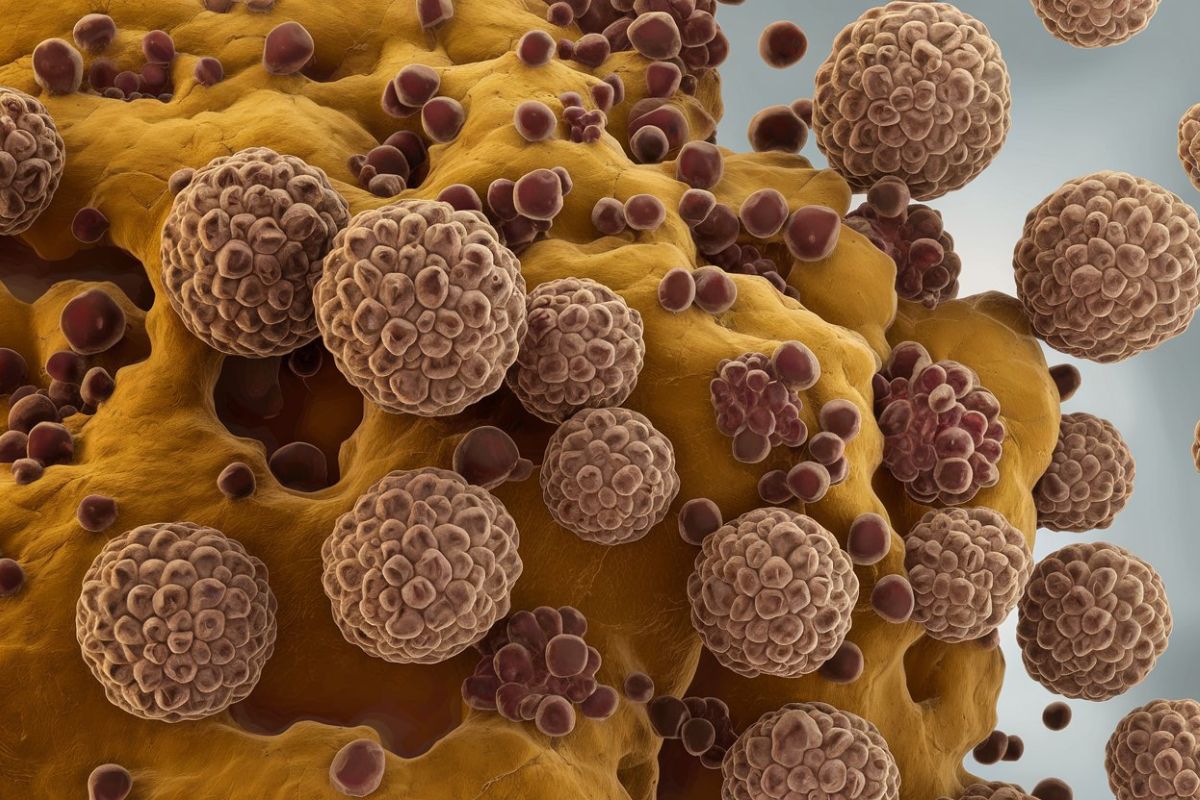
What is Choroiditis? Choroiditis is an inflammatory condition affecting the choroid, the vascular layer between the sclera and retina in the eye. This condition can lead to significant visual impairment if not properly managed. It can be caused by various factors including infections, autoimmune diseases, and other inflammatory conditions. There are several types of choroiditis, such as serpiginous, non-infectious, and infectious choroiditis, each with distinct characteristics and treatment approaches. Symptoms often include blurred vision, eye pain, and floaters. Advanced imaging techniques like indocyanine green angiography (ICGA) and optical coherence tomography (OCT) have significantly improved diagnosis and management. Understanding the different types, symptoms, and complications of choroiditis is crucial for providing effective care and improving visual outcomes.
Key Takeaways:
- Choroiditis is an inflammatory eye condition that can lead to vision impairment. It has different types, including serpiginous, non-infectious, and infectious choroiditis, each requiring specific diagnosis and treatment.
- Early recognition of symptoms and accurate diagnosis using advanced imaging techniques are crucial for effective management of choroiditis. Complications like choroidal neovascularization and macular edema can impact visual outcomes, but early detection and tailored treatment strategies can improve prognosis.
What is Choroiditis?
Choroiditis is an inflammatory condition affecting the choroid, the vascular layer between the sclera and retina in the eye. It can lead to significant visual impairment if not properly managed. Here are some important facts about this condition.
-
Definition and Scope: Choroiditis is a type of uveitis that specifically involves the choroid. It can be caused by infections, autoimmune diseases, and other inflammatory conditions.
-
Types of Choroiditis: There are several types, including serpiginous, non-infectious, and infectious choroiditis. Each type has distinct characteristics and requires specific diagnostic and treatment approaches.
Types of Choroiditis
Understanding the different types of choroiditis helps in diagnosing and treating the condition effectively.
-
Serpiginous Choroiditis: This rare, bilateral inflammatory disorder results in geographic destruction of the retinal pigment epithelium (RPE), retina, and choriocapillaris. It is chronic, recurrent, and progressive.
-
Non-Infectious Choroiditis: Conditions like multiple evanescent white dot syndrome (MEWDS), acute posterior multifocal placoid pigment epitheliopathy (APMPPE), and idiopathic multifocal choroiditis (MFC) fall under this category. They are often linked to autoimmune responses.
-
Infectious Choroiditis: Caused by infections such as toxoplasmosis, histoplasmosis, and syphilis. It often presents with acute onset of symptoms and can be treated with antibiotics or antiparasitic medications.
Symptoms and Clinical Presentation
Symptoms can vary widely depending on the type and severity of choroiditis. Recognizing these symptoms early can lead to better outcomes.
-
Symptoms: Common symptoms include blurred vision, eye pain, floaters, and central or paracentral scotomas. Some patients may experience no symptoms until the disease progresses.
-
Clinical Presentation: The clinical presentation can range from mild to severe. In serpiginous choroiditis, patients may initially present with asymptomatic lesions that only become apparent when they involve the fovea.
Diagnosis and Imaging Techniques
Accurate diagnosis is crucial for effective treatment. Advanced imaging techniques have revolutionized the diagnosis of choroiditis.
-
Diagnosis: Typically involves a comprehensive ophthalmological examination, including funduscopy and fluorescein angiography.
-
Histopathological Findings: Studies show extensive loss of the RPE and destruction of the overlying retina. Lymphocyte accumulation in the choroid indicates an inflammatory process.
-
Imaging Techniques: Indocyanine green angiography (ICGA) and optical coherence tomography (OCT) have significantly improved diagnostic accuracy by allowing precise visualization of choroidal structures and inflammatory lesions.
Classification and Epidemiology
Understanding the classification and epidemiology of choroiditis helps in tailoring treatment strategies and understanding its prevalence.
-
Classification: Choroiditis can be classified into choriocapillaritis and stromal choroiditis based on the primary structures involved.
-
Epidemiology: Serpiginous choroiditis is rare, constituting less than 5% of posterior uveitis cases. It typically affects patients between 30 and 60 years of age, with a slight male predominance.
Etiology and Clinical Course
The exact cause of choroiditis remains unknown, but understanding its clinical course can help in managing the condition.
-
Etiology: Multiple etiologies including autoimmunity, infection, vasculopathy, and degeneration have been proposed, although none is well-supported by clinical and laboratory evidence.
-
Clinical Course: Characterized by multiple recurrences at intervals of months to years. Areas of reactivation are often seen adjacent to old scars.
Complications and Treatment
Complications can significantly impact visual outcomes. Early detection and aggressive treatment are crucial.
-
Complications: Include choroidal neovascularization (CNV), cystoid macular edema (CME), retinal vein occlusion, retinal vasculitis, and macular hole.
-
Treatment: Typically involves immunosuppressive and alkylating agents. Corticosteroids and anti-VEGF agents may also be used to manage complications.
Prognosis and Management Strategies
The prognosis for choroiditis can vary, but early detection and comprehensive management can improve outcomes.
-
Prognosis: Generally poor, with final visual acuity less than 20/200 in about 25% of treated cases.
-
Management Strategies: Requires a comprehensive approach involving ophthalmological examination, advanced imaging, and tailored treatment strategies.
Interprofessional Team Strategies
Effective management of choroiditis often requires a team approach involving various healthcare professionals.
-
Interprofessional Team Strategies: An interprofessional team including ophthalmologists, optometrists, and other healthcare professionals is crucial for improving care coordination and communication.
-
Continuing Education: Continuous education and training are essential for healthcare professionals to stay updated with the latest diagnostic techniques and treatment strategies.
Advanced Imaging Techniques
The development of advanced imaging techniques has significantly improved the diagnosis and management of choroiditis.
-
Standardization of Uveitis Nomenclature (SUN): The SUN consensus conference workshop has standardized the classification of uveitis into anterior, intermediate, and posterior types.
-
Advanced Imaging Techniques: Techniques like ICGA, OCT, and OCT-A allow precise visualization of choroidal structures and inflammatory lesions.
Specific Forms of Non-Infectious Choroiditis
Different forms of non-infectious choroiditis have unique characteristics and treatment approaches.
-
Choriocapillaritis vs. Stromal Chorioretinitis: Choriocapillaritis involves inflammation of the choriocapillaris, while stromal choroiditis involves inflammation of the choroidal stroma.
-
Multiple Evanescent White Dot Syndrome (MEWDS): Characterized by transient white dots in the retina. It typically resolves spontaneously but can be diagnosed using ICGA and OCT.
-
Acute Posterior Multifocal Placoid Pigment Epitheliopathy (APMPPE): Characterized by multifocal placoid lesions in the retina. It often resolves spontaneously but can be treated with corticosteroids.
-
Idiopathic Multifocal Choroiditis (MFC): Characterized by multifocal lesions in the choroid. It often requires treatment with corticosteroids and immunosuppressive agents.
Other Related Conditions
Several other conditions are related to choroiditis and require specific management strategies.
-
HLA-A29 Birdshot Retinochoroiditis (BRC): A rare form associated with the HLA-A29 antigen. It typically presents with birdshot-like lesions in the retina.
-
Vogt-Koyanagi-Harada Disease (VKH): A systemic autoimmune disease that can cause uveitis, including choroiditis. It often presents with panuveitis.
-
Sympathetic Ophthalmia (SO): A rare form of uveitis that can occur after penetrating eye injury. It often involves both eyes.
-
Sarcoidosis Chorioretinitis (SARC): A form associated with sarcoidosis. It often requires treatment with corticosteroids and immunosuppressive agents to manage inflammation and prevent complications.
Key Takeaways on Choroiditis
Choroiditis, an inflammation of the choroid layer in the eye, can lead to serious vision problems if not treated properly. It comes in various forms like serpiginous, non-infectious, and infectious choroiditis, each with unique symptoms and treatment needs. Advanced imaging techniques like ICGA and OCT have revolutionized diagnosis, making it easier to pinpoint and manage the condition. Treatment often involves corticosteroids, immunosuppressive agents, and sometimes antibiotics or antiparasitic medications. Early detection and aggressive treatment are crucial for better visual outcomes. An interprofessional team approach ensures comprehensive care, improving patient outcomes. Continuous education for healthcare professionals is vital to stay updated with the latest advancements. Understanding the different types, symptoms, and complications of choroiditis helps in providing effective care and improving the quality of life for those affected.
Frequently Asked Questions
Was this page helpful?
Our commitment to delivering trustworthy and engaging content is at the heart of what we do. Each fact on our site is contributed by real users like you, bringing a wealth of diverse insights and information. To ensure the highest standards of accuracy and reliability, our dedicated editors meticulously review each submission. This process guarantees that the facts we share are not only fascinating but also credible. Trust in our commitment to quality and authenticity as you explore and learn with us.


